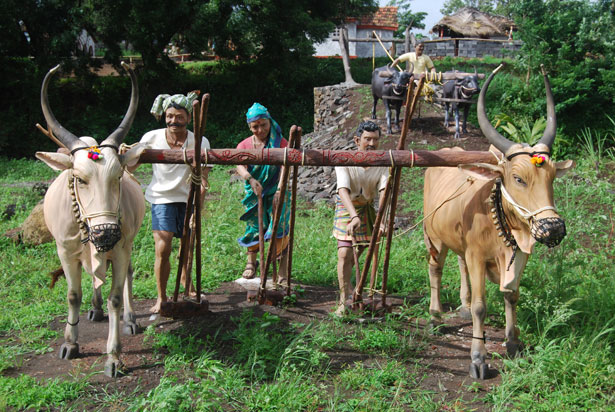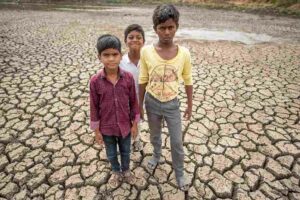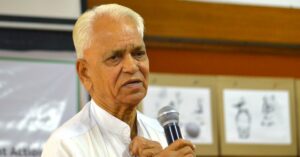Sadguru Foundation: Providing Economic Freedom to Tribals
India’s Census 2001 classified 84.33 million persons as members of Scheduled Tribes. With almost 10% of our population as belonging to tribal groups, their interests must be matched with national

India’s Census 2001 classified 84.33 million persons as members of Scheduled Tribes. With almost 10% of our population as belonging to tribal groups, their interests must be matched with national and economic interests of India as a whole. Since time immemorial, tribals have been victims of abject poverty, with their livelihood depending solely on agriculture and allied activities. About 66.84% of India’s tribal population is engaged in agriculture. With most such families relying on natural resources for their livelihood, any threat to the environment has the potential of destabilising their lives too.
Recognizing a concern for natural resources and their importance in preserving the lives of India’s indigenous peoples, Navinchandra Mafatlal Sadguru Water Development Foundation was established as a non-governmental organization in 1974. The foundation nurtured a vision of helping tribal people break away from their circles of poverty and unemployment, so as to include them in the mainstream economic activity of India. The approach used was to restore lost natural resources. Their website notes, “Not so long ago, Dahod situated in Western India was covered with thick dense forests – a home for wild tigers and elephants. The tribals of the region earned their livelihood from the forests. For the last fifty years there has been immense natural resource destruction and inappropriate management leading to loss of biological diversity. The organization Sadguru Water Development Foundation, an NGO, established in 1974, dedicated itself to the betterment of rural and tribal people by helping them make better use of available resources, appropriate technology and participatory managerial practices.”
They have many programmes centred on the environment such as ‘community water resource development’, ‘participatory micro watershed development’ and ‘environment and forestry’.
Humble beginnings
Often, a single small step can lead to beginnings of a great revolution. Similar was the journey of Sadguru foundation. Mr. Harnath Jagawat, Trustee and Director, N.M. Sadguru Water and Development Foundation, who has been working in the field of rural development and tribal development for last 38 years, writes, “For first two years, it was one person with one in all functions, combining Chief Executive, typist, clerk, driver, peon, everything. Till we reached the staff strength of four, we had only one table shared by four persons sitting on four sides of a common table, placed in one room office of 10 X 15 feet area. Purchasing a simple cheap chair of Rs. 20/- would require lot of thinking and readjusting the budget as it was paltry sum of about Rs. 25,000/- per year which was available from Mafatlals to that all-in-one functionary.”
How then, did the organisation reach where it is today? He explains, “1990 was an important turning point with the substantial foreign funds matched by the Government funds paved a way for scaling up of the activities. The scaling up was very successful. With this success, which also proved our enhanced capability, more funds were mobilised from the foreign funding agencies. Our tough and rough infancy period full of turmoil, made us tougher to accept any challenge and it also taught us that when the opportunity was offered, it had to be grabbed. What was once started, as an insignificant, modest experiment has been now acknowledged as a viable, relevant and replicable important model in the tribal development, with a prospect to spread in the entire tribal region of our country.”
The impact of such a movement is clear from its achievements in the past one year. 42,71,626 saplings have been planted within one year, under the agro forestry and horticulture species, the highest ever plantation by the organization since they started this activity from the year 1982. 33 hamlet-cum-house hold based drinking water systems have been established. First time in the backward district of Dahod, the tribal households could get house hold drinking water connections with almost 24 hours water supply. While in the cities, we tend to take such bare minimum necessities of life for granted, those who have the courage and the motivation to reach out to areas devoid of such facilities deserve noteworthy credit.
Visit http://www.nmsadguru.org/index.html to read more about their work.
This story made me
- 97
- 121
- 89
- 167
Tell Us More
We bring stories straight from the heart of India, to inspire millions and create a wave of impact. Our positive movement is growing bigger everyday, and we would love for you to join it.
Please contribute whatever you can, every little penny helps our team in bringing you more stories that support dreams and spread hope.



















